Archives
- 2025-10
- 2025-09
- 2025-03
- 2025-02
- 2025-01
- 2024-12
- 2024-11
- 2024-10
- 2024-09
- 2024-08
- 2024-07
- 2024-06
- 2024-05
- 2024-04
- 2024-03
- 2024-02
- 2024-01
- 2023-12
- 2023-11
- 2023-10
- 2023-09
- 2023-08
- 2023-06
- 2023-05
- 2023-04
- 2023-03
- 2023-02
- 2023-01
- 2022-12
- 2022-11
- 2022-10
- 2022-09
- 2022-08
- 2022-07
- 2022-06
- 2022-05
- 2022-04
- 2022-03
- 2022-02
- 2022-01
- 2021-12
- 2021-11
- 2021-10
- 2021-09
- 2021-08
- 2021-07
- 2021-06
- 2021-05
- 2021-04
- 2021-03
- 2021-02
- 2021-01
- 2020-12
- 2020-11
- 2020-10
- 2020-09
- 2020-08
- 2020-07
- 2020-06
- 2020-05
- 2020-04
- 2020-03
- 2020-02
- 2020-01
- 2019-12
- 2019-11
- 2019-10
- 2019-09
- 2019-08
- 2019-07
- 2019-06
- 2019-05
- 2019-04
- 2018-11
- 2018-10
- 2018-07
-
br Introduction Benzanthrone BNZ is a dye
2019-12-29
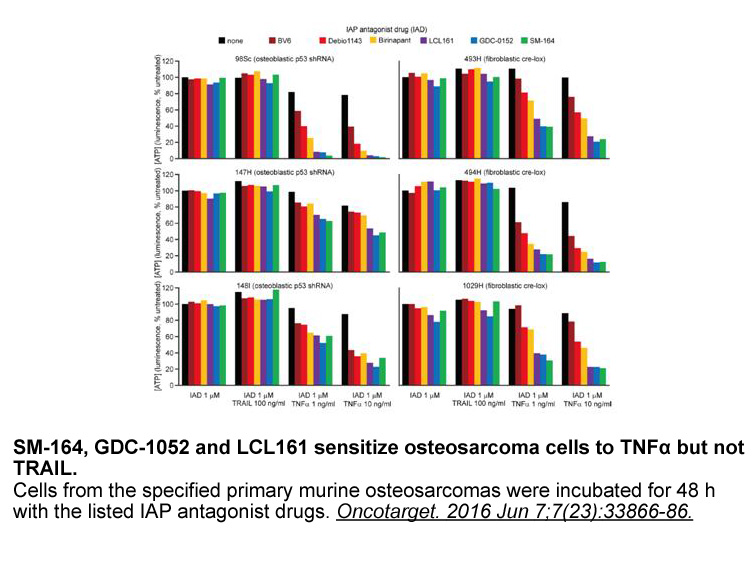
Introduction Benzanthrone (BNZ) is a dye intermediate used in the synthesis of number of polycyclic vat and disperse dyes. It has been detected as an environmental pollutant in urban ambient air particulates, originating from furnace effluents, municipal refuge, wood and coal combustion and autom
-
Our recent discovery M P H R A
2019-12-29
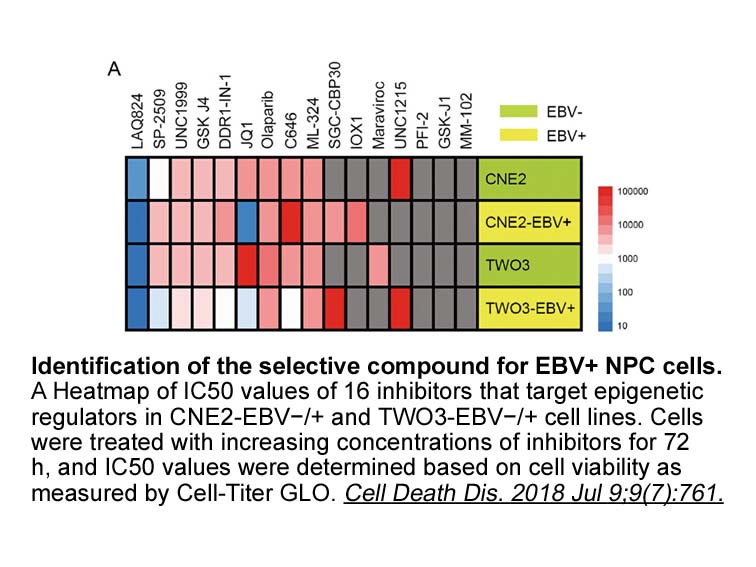
Our recent discovery (M.P., H.R., A.S.) of a highly selective and in vivo active DDR1 small-molecule inhibitor provides evidence that DDR1 is a druggable pharmaceutical target, and some details of our efforts are provided below. To avoid the repurposing of known kinase inhibitor structural motifs, w
-
Neuroinflammation is the one of
2019-12-29
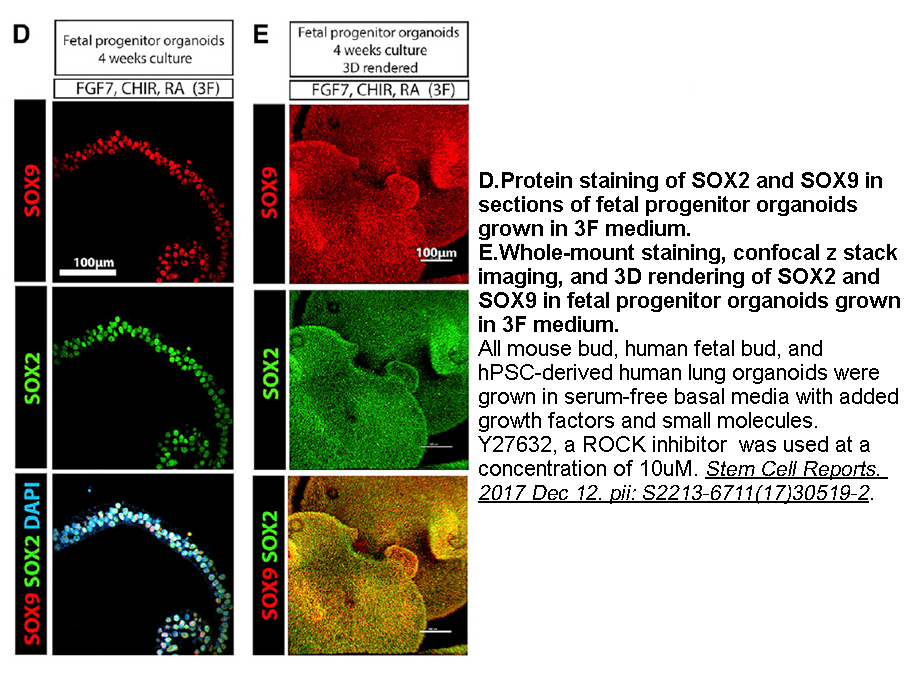
Neuroinflammation is the one of the emerging causal factors contributing to these cognitive deficits. Therefore, we further tested the hypothesis that neuroinflammation is a key component contributing to the progression of spatial memory deficits during HH. Spatial memory deficits were observed afte
-
Although the presence of calcium in RHA P
2019-12-29
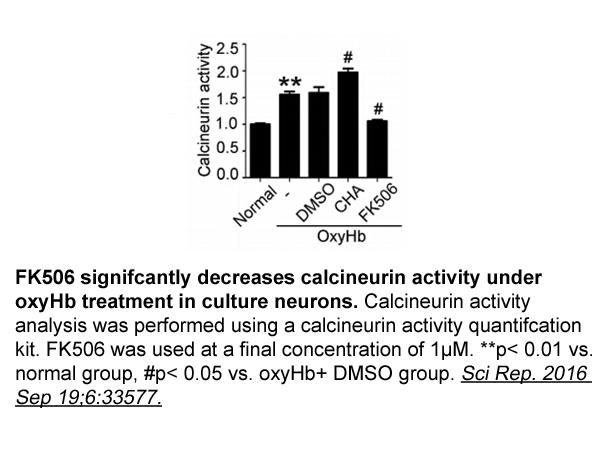
Although the presence of calcium in RHA-P active site is confirmed by the homology modeling, some additional observations can be made following the metal depletion and reconstitution experiments performed on RHA-Phis. EDTA-treated RHA-Phis recovers its activity in the presence of divalent cations su
-
Therefore evaluation of base substances
2019-12-29
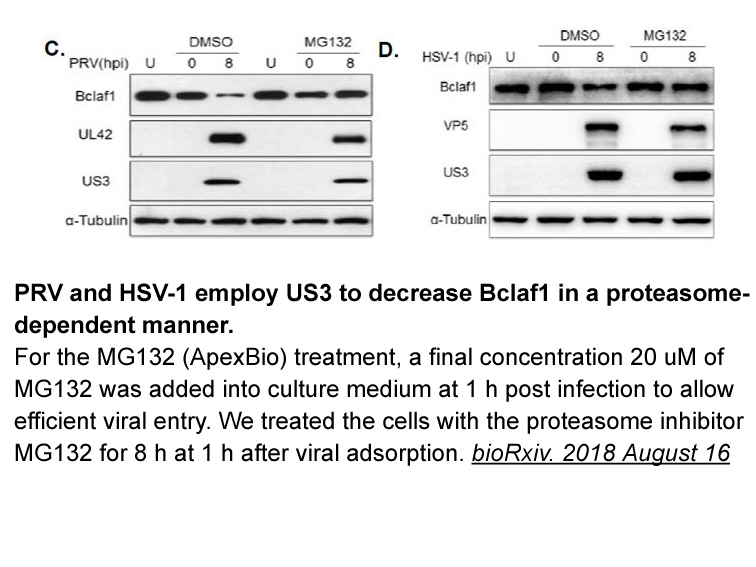
Therefore, evaluation of Dioscin sale substances of alkali-activated paste and alkali solution dosages have a remarkable impact on output products. Few research can be found in literature to assess GGBFS as a base materials of AAC. Even though less studies exists for serving RHA as base substance of
-
Stiripentol synthesis br Results and discussion br Conclusio
2019-12-29
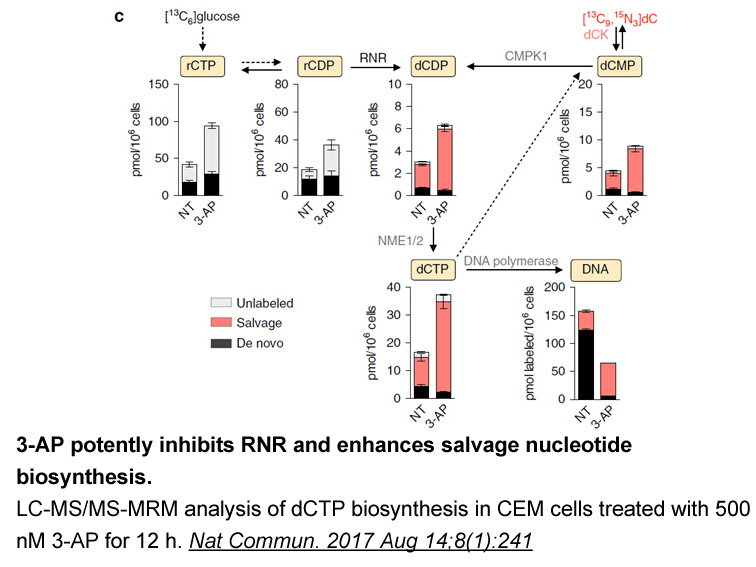
Results and discussion Conclusions In conclusion, we have developed rational strategies that allowed us to successfully identify a series of novel analogs structurally related to to modulate the activity of estrogen-related receptors (ERRγ and ERRβ), which are constitutively active. All of th
-
NF B is a family of protein mediators that
2019-12-29
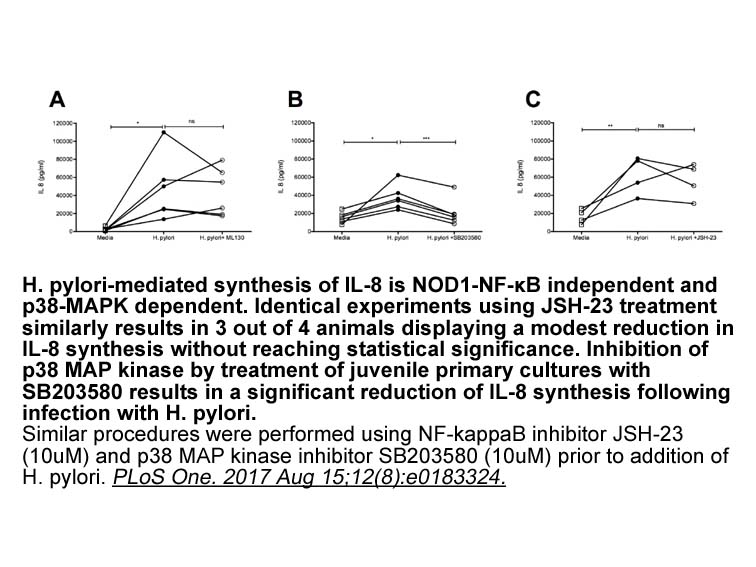
NF-κB is a family of protein mediators that regulate various innate and adaptive immune responses [29,30]. The NF-κB family consists of the following five proteins: c-Rel (Rel); p65 (RelA); RelB; p50(NF-κB1); and p52(NF-κB2). It has been confirmed that NF-κB is activated by TNF family cytokines, suc
-
The transcription factor CREB has been extensively studied
2019-12-29
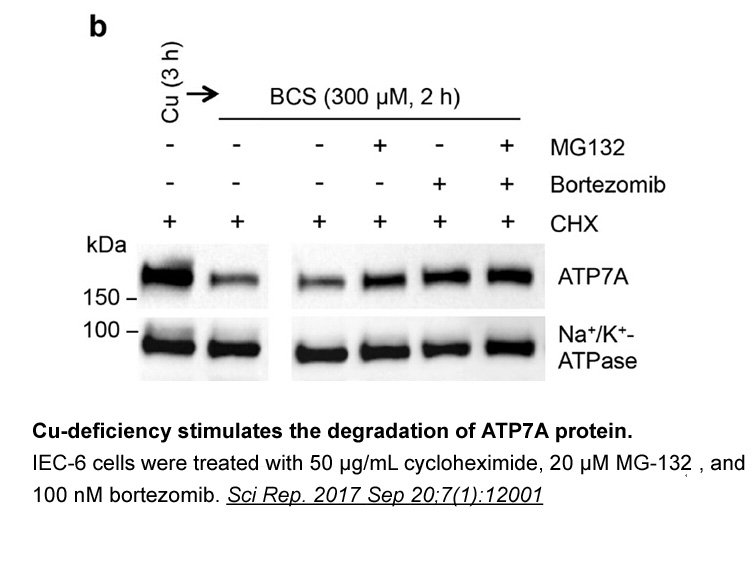
The transcription factor CREB has been extensively studied for its role in hippocampus-dependent learning and memory (West et al., 2002, Lonze and Ginty, 2002). Previous research has demonstrated that the phosphorylation of CREB at Ser133, performed by the ERK1/2 signaling pathway, initiates a casca
-
At one time the biological effects
2019-12-29
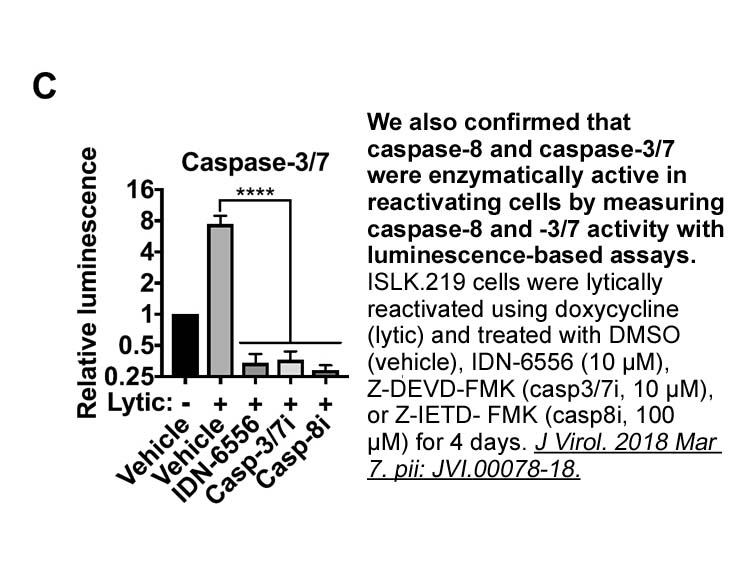
At one time, the biological effects of cAMP were thought to be mediated exclusively by Protein Kinase A (PKA). Consistent with this, PKA inhibitors have been shown to reverse the effects of cAMP-elevating agents on VSMC proliferation [5]. However, we recently reported that cAMP-mediated inhibition o
-
Interest in the PGE EP pathway is
2019-12-29
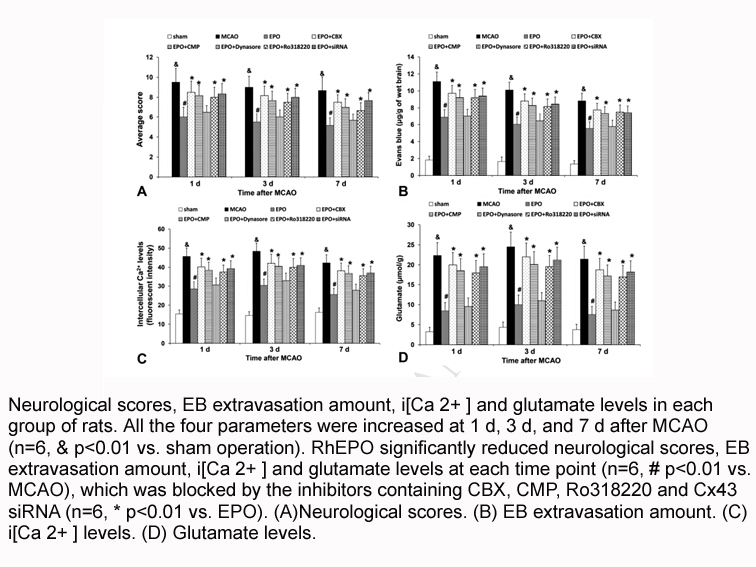
Interest in the PGE2/EP4 pathway is increasing given its diverse capability of regulating central nervous system activity [13]. EP4 has a protective function by reducing cerebral injury and improving functional outcome after stroke [14], and in suppressing DL-α-Hydroxyglutaric acid disodium salt inf
-
I bungarotoxin competes with ACh an endogenous activator of
2019-12-29
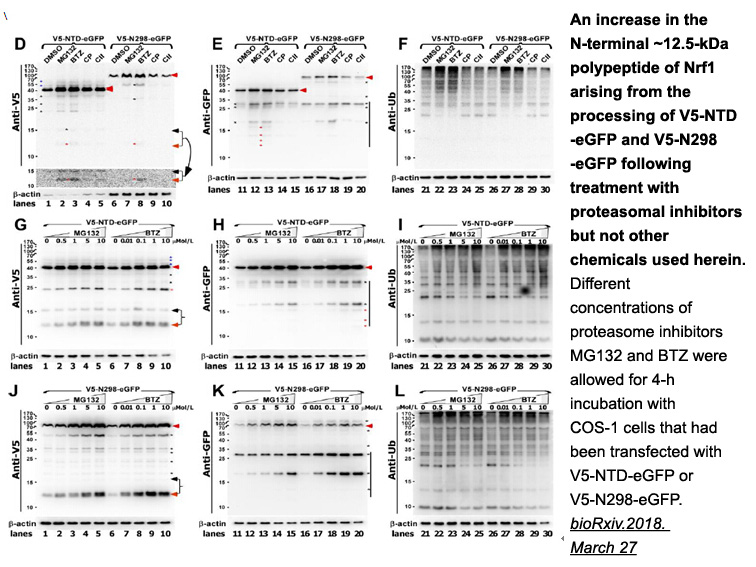
[125I] α-bungarotoxin competes with ACh, an endogenous activator of α7-nACh receptors by binding to the ACh binding site on the receptor (Albuquerque et al., 2009). For this reason, the effect of curcumin was investigated on the specific binding of [125I] α-bungarotoxin. Saturation curves for the bi
-
Another notable finding in this study is that Cbl
2019-12-28
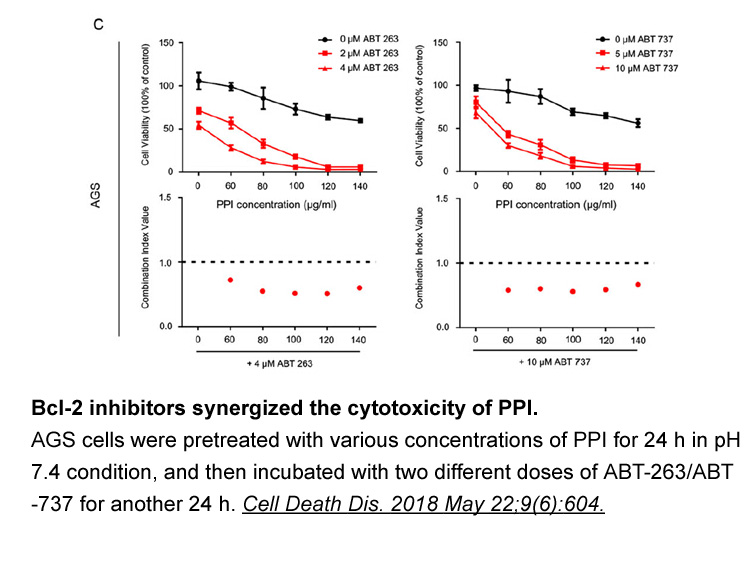
Another notable finding in this study is that Cbl-b-mediated ubiquitination accelerates the degradation of phosphorylated DDR2. Cbl family has been documented to facilitate RTK degradation either in proteasome through K48-linked poly-ubiquitination or in lysosome through mono-, multiple mono- and K6
-
DDR is characterized by an N terminal discoidin domain
2019-12-28
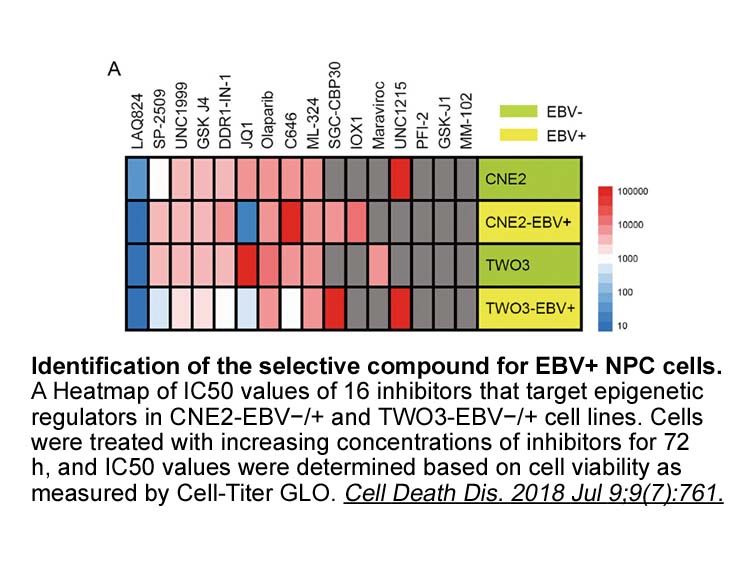
DDR2 is characterized by an N-terminal discoidin domain and a C-terminal kinase domain [7]. Characteristics of DDR1, which is a homologue of DDR2, have been extensively investigated in terms of expression level in cancer tissues and biological functions in normal and cancer cell conditions, but char
-
To date little is known about the
2019-12-28

To date, little is known about the regulation of PCD through phytocystatin inhibitory activity. Inhibitors that may regulate leaf senescence (Huang et al., 2001, Tajima et al., 2011) or may inhibit PCD induced by abiotic factors, such as mechanical tissue damage or oxidative stress caused by cold (B
-
br Results br Discussion SDF performs essential
2019-12-28
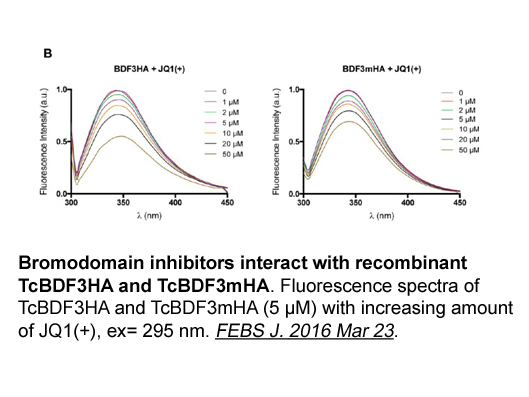
Results Discussion SDF-1 performs essential roles in cell migration and proliferation, acts as neuromodulator; and is also involved in many pathological processes including human immunodeficiency virus infection, metastatic malignancy, and chronic inflammatory disorders (Feng et al., 1996, Li
15950 records 903/1064 page Previous Next First page 上5页 901902903904905 下5页 Last page